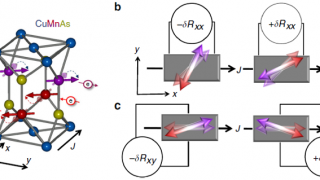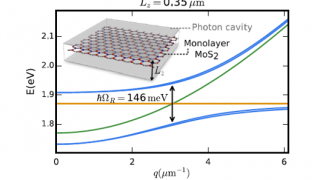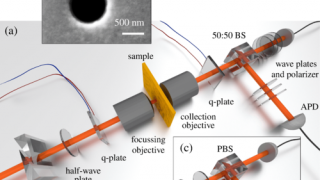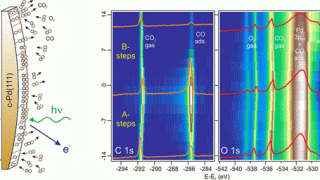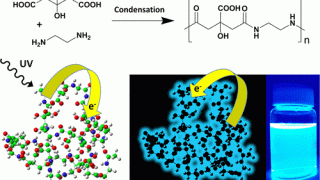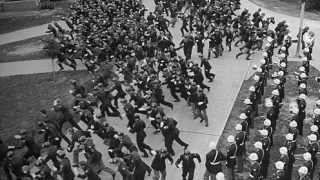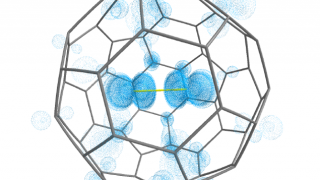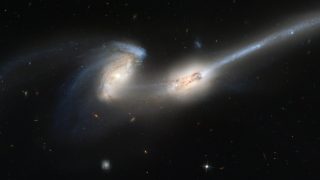
The dark collapse of merging galaxies as the origin of supermassive black holes
I remember very well my physics professor during my first year at university. She stressed the importance of having clear intuitions of what physical terms mean before any mathematics was invoked. ‘Imagine someone drops an 100-gram apple 1 metre above your head’, she would say; ‘the pain you feel is the equivalent of a joule […]


